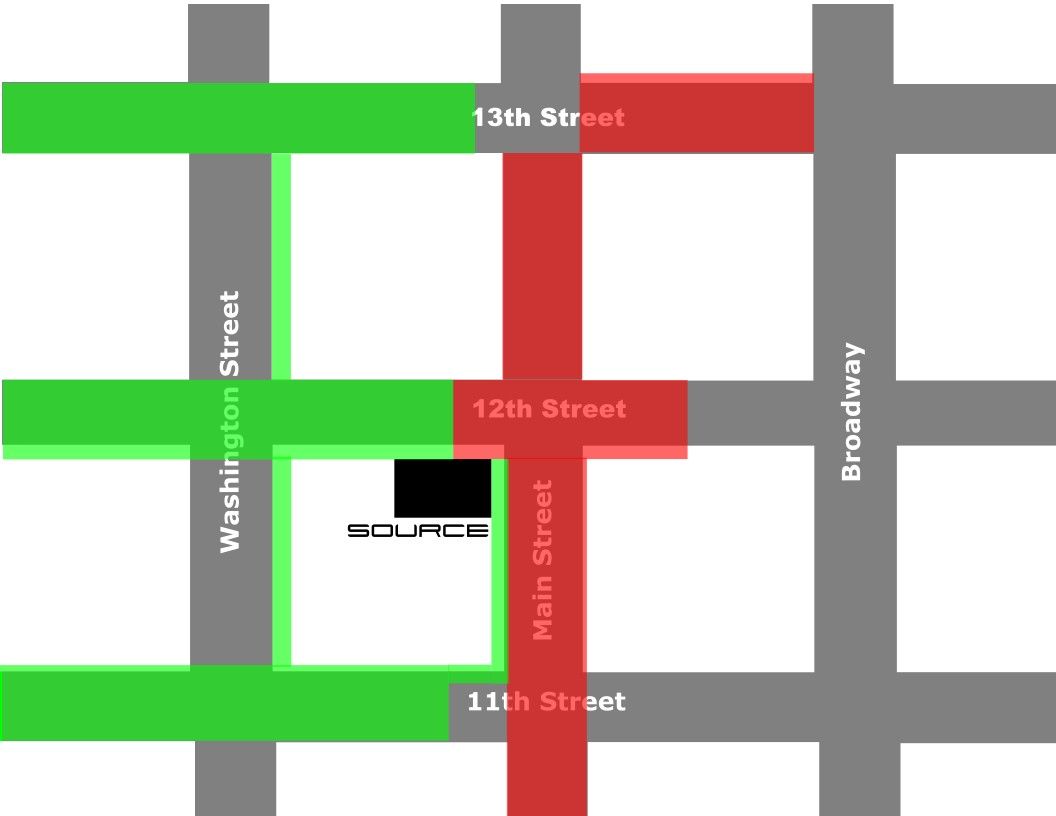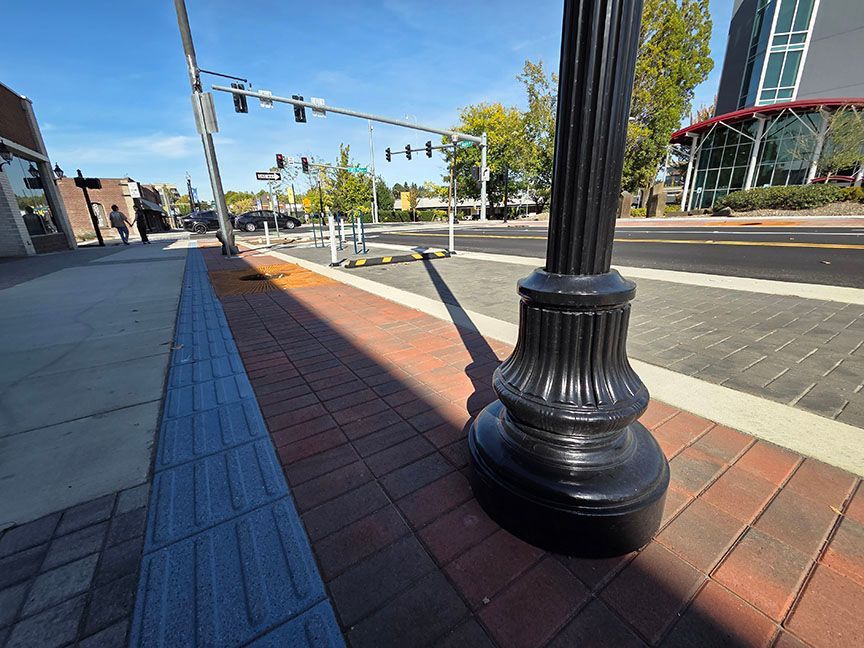Meghan Connolly • April 27, 2020
Member Highlight: Stephanie Bahnsen
Get inspired by Stephanie's climbing story

How did you get into climbing?
"I've been climbing since early January 2011. My circumstances for beginning climbing were desperate — my mother had passed away less than 2 months prior and my usual exercises weren't cutting it for keeping my mental health in check. It just so happened that a friend (Kelsey, my OCP — Original Climbing Partner) posted on Facebook that she wanted to check out rock climbing (hilariously, after having watched 127 Hours), and an indoor gym seemed like the safest place to learn, was anyone else interested in going with her? I responded immediately and we went climbing that next week. We climbed on and off for about 4 hours and spent the next week being unable to push doors open — but once our grip strength returned, we were back in the climbing gym."
How did you find the Source?
"My husband, Kris, and I moved to Vancouver, WA in October 2013. One of the first things I did when deciding on a location to move was make sure there was a climbing gym nearby that was highly rated. The Source, despite being a small gym, had reviews that bragged about the amazing community and well-set routes, both for ropes and bouldering. After only a couple of visits, Kris and I fell in love with the gym."
What's your favorite crag, route or climbing memory?
"Honestly, climbing changed my entire life. It introduced me to something that would become a passion, a coping mechanism, and ultimately lead to meeting my husband (a mere 2 months later). I have too many amazing memories to claim any one as my favorite — maybe meeting my husband in an unlikely set of events (climbing on a day I don't typically climb, climbing on St. Patrick's Day where it was totally empty inside the gym except for us, bouldering when I would typically be on ropes, etc.); lead climbing outdoors for the first time and the high adrenaline that became a familiar rush; top roping years later in Eugene, OR, with some very good friends, on Christmas Eve, at 33F, and taking turns warming up our hands to belay safely; bouldering outdoors at Carver for the first time and realizing how much I still had to learn; and generally climbing at the Source, meeting people who would become very good friends, and having those friends (and random strangers!) yell and clap their support as I work yet another project route."
What does climbing mean to you?
"Climbing has become and been such an important part of my life. It's given me a passion, confidence in my body, and a way to de-stress after rough times. It allows me to focus my mind to the extent that nothing but the wall matters and all of my worries wash away as I move up the wall. It has, at times, become an obsession that kept me up at night, practicing moves in my head over and over, in hopes of finally sending my current project. It has introduced me to such an amazing group of people who work to broaden my horizons, both in the world of climbing and in general."
What piece of advice would you give to the younger climbers in our community?
"Rest days are as important as climbing days is probably the biggest piece of advice I can give. I've had lots of injuries that could have been prevented by listening to my body and taking rest days, but instead I ended up in cast(s), surgery, and being forced to take extended time off to let things heal. Injuries will always happen in sports, but rest days help significantly at preventing those caused by overuse."


